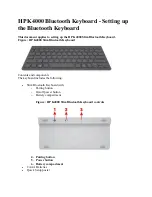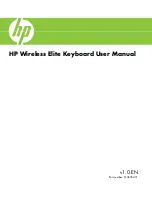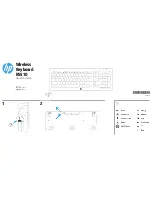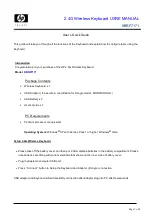
PSR-E353 Owner’s Manual
36
Playing Chords Along With Chord Progressions of a Song
Song numbers 115 to 154 in the “Chord Progression” category are constructed from typ-
ical chord progressions. You can listen to and get a feel for the chord progressions by
playing back the Song and playing the keyboard while looking at the notes shown on the
display. The number of keys that are indicated for you to play progress in sequence—
from a single root note, to two notes, then three and four—getting you to gradually and
naturally memorize the chords. Also, you can change the key of the Song, allowing you
to practice the progressions in all keys for full mastery of the chords.
1
Select a Song from Song numbers 115 to
154 in the “Chord Progression” category
by executing Step 1 in “Selecting and
Playing Back a Song” on page 27.
2
Press the [PHRASE REPEAT] button.
After “CHORD PROGRESSION” scrolls across the
display, the tonic pitch of the selected Song and
the number of the keys to be pressed are shown.
3
Press the [+]/[-] buttons to select the num-
ber of the keys to be played.
Each time the [+] button is pressed, the number
of the keys to press is increased from just one
root note (1Note) to two notes (2Notes), three
notes (3Notes) and four notes (All).
4
Press the [START/STOP] button to play
back the selected Song.
5
Play the keyboard looking at the notes
shown on the display.
6
Press the [PHRASE REPEAT] button
again to turn the Chord Progression
function off.
To change the key of a Song:
When Chord Progression is on, press one of the
keys in the top octave (C5–B5; indicated to the right
of “ROOT” on the panel, just above the keys) to
change the tonic pitch of the Song.
For example, if you press the key D5 in the Song
of C major, the key changes to D major.
You can practice the playing the chords in combina-
tion with “Waiting” (page 33) of the Lesson function
by simply pressing the [1 LISTENING 2 TIMING
3 WAITING] button once.
• The initial key setting is C major or A minor.
• The number of the keys to press can also be set by using
the number buttons [1]–[4].
• When you play the keyboard within the range of C5–B5,
the notes will not sound.
C 1Note
CPg
The tonic pitch of the selected Song: C
The number of the keys
to press: 1
Appears when Chord
Progression is on.
NOTE
C 2Notes
CPg
NOTE
C 1Note
CPg
001
NOTE
• The key of a Song cannot be changed during playback.
The number of the keys to be played
Only one root note (1Note)
Press only the root note of the chord.
Two notes (2Notes)
Press the 3
rd
interval of a chord along with the root
note, and understand the difference between major
chords and minor chords.
Three notes (3Notes)
Press the 5
th
interval of a chord along with the root
note and the 3
rd
.
Four notes (All)
Press all the notes that make up the chord. Very often,
chords are played with just three notes; however,
another interval (such as a 7th) is sometimes added.
Keep in mind that depending on the chord, there may
be no 4
th
note.
Play the chords in combination
with “Waiting” of the Lesson
function
• Even if you play notes in octaves outside of the notes shown on
the display (excluding the range of C5–B5, which are used to
change the key of a Song), as well as different inversions of the
chords, the playback will progress.
C
D
b
E
b
F
#
A
b
B
b
D E F G A B
Root range
Far right of
the keyboard
NOTE
NOTE
















































